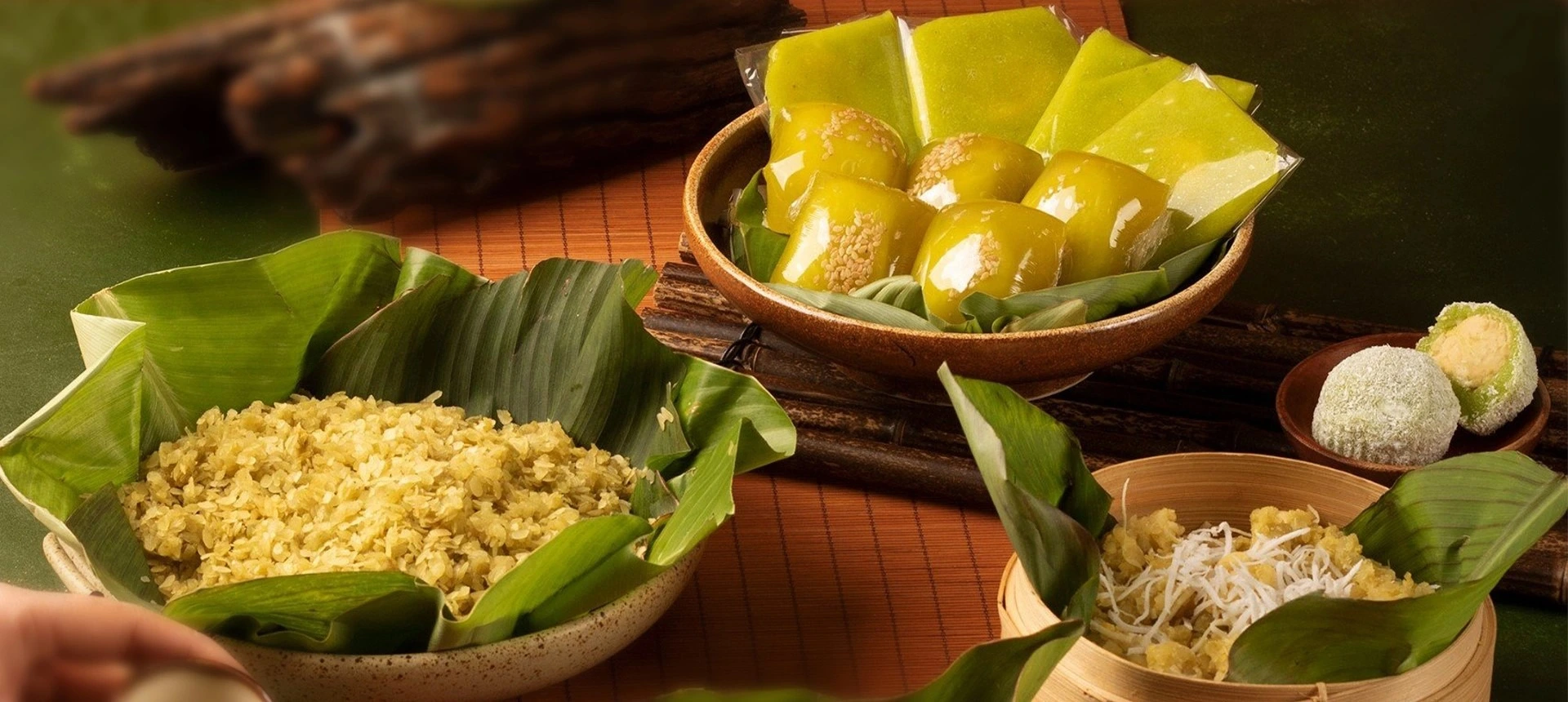1. The profession of making dewy rice paper in Trang Bang (Tay Ninh)
The origin of Trang Bang dew-dried rice paper is quite special. According to local people, in the 18th century, when the first people in the land of Ngu Quang, Binh Dinh came to Tay Ninh to urgently set up a hamlet, they brought with them the profession of making rice paper.
Initially, the worker only made dipped rice paper and baked rice paper (baked rice cake). The climate in Trang Bang is sunny, very suitable for making crispy grilled rice paper. It was not until later that the worker created dew-dried rice paper.
This type of rice paper rolled with vegetables and meat, served with dipping sauce becomes an irresistible delicacy.
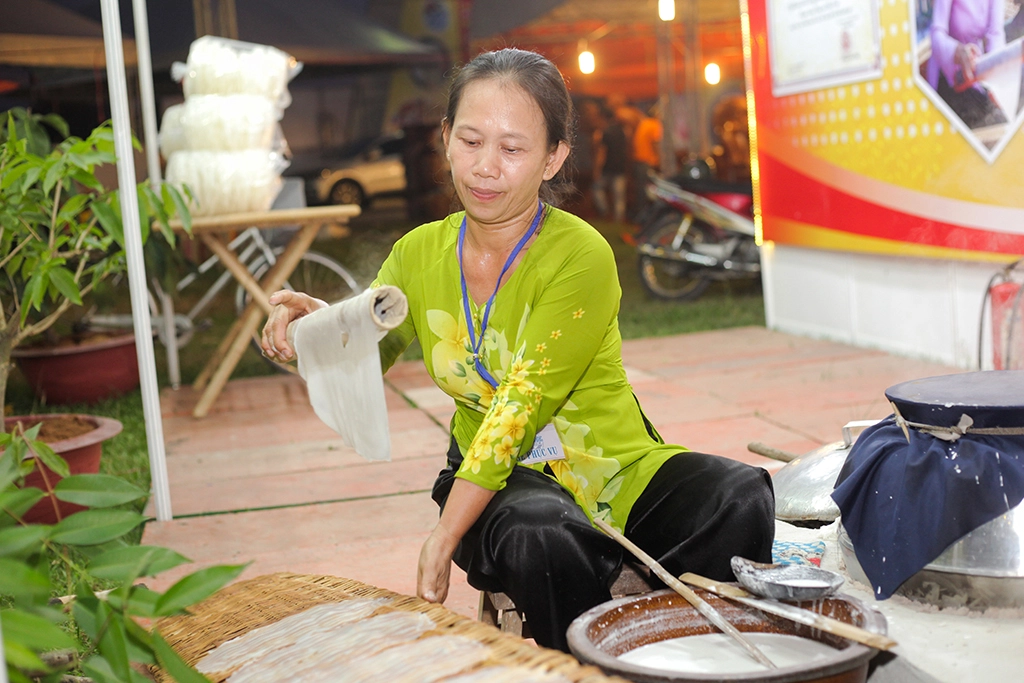
Photo: Giang Phuong/Thanh Nien
2. Fishing profession of Thanh Chau bird's nest (Quang Nam)
The rich history of Thanh Chau bird's nest fishing is preserved in the religious relics that currently exist in Hoi An such as the ancestral temple of the bird's nest profession in Cam Thanh; the ancestral temple of the bird's nest profession in Bai Huong-Cu Lao Cham; in the folklore about the story of Nang Yen, about the person who discovered the bird's nest in Cu Lao Cham...
Along with folk documents and memory materials, Hoi An and Khanh Hoa are preserving 30 documents related to the bird's nest fishing profession during the Nguyen Dynasty.
In 2016, the fishing profession of Qingzhou bird's nest was inscribed on the list of national intangible cultural heritage.

Photo: Quang Nam Newspaper
3. My Long rice paper making (Ben Tre)
At the beginning, the craft village only made spring roll rice paper, a type of cake that had to be dipped in broth to roll, wrapped with many other ingredients into different rolls.
Around 1960, people invented coconut rice paper, when eating, they had to bake it. Coconut rice paper has become the main product of the craft village, attracting many people with its fragrant, fatty, and crispy taste.
My Long rice paper making profession was recognized as a National Intangible Cultural Heritage in 2018.
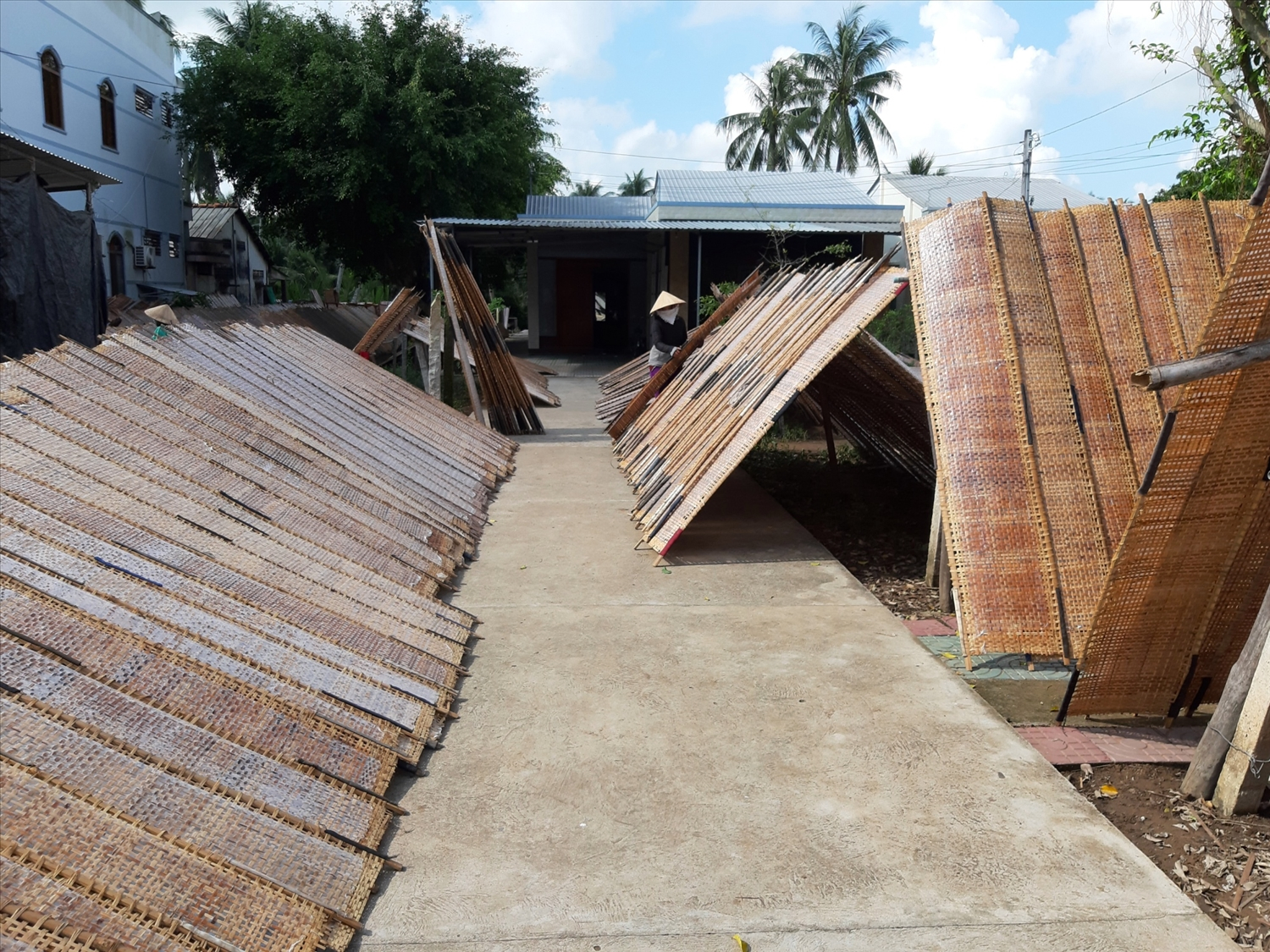
Photo: Ethnic Minorities and Development
4. Son Doc puff pastry making (Ben Tre)
Son Doc puff pastry village is located in Hung Nhuong commune, Giong Trom district, Ben Tre province.
The craft village has existed for more than 100 years, and was declared a National Intangible Cultural Heritage by the Ministry of Culture, Sports and Tourism in 2018.
Son Doc puff pastry is famous for being a delicious cake because it is a cake that will be puffy and fluffy when baked, crispy and melts in the mouth when eaten, not sticky because of crumbs.
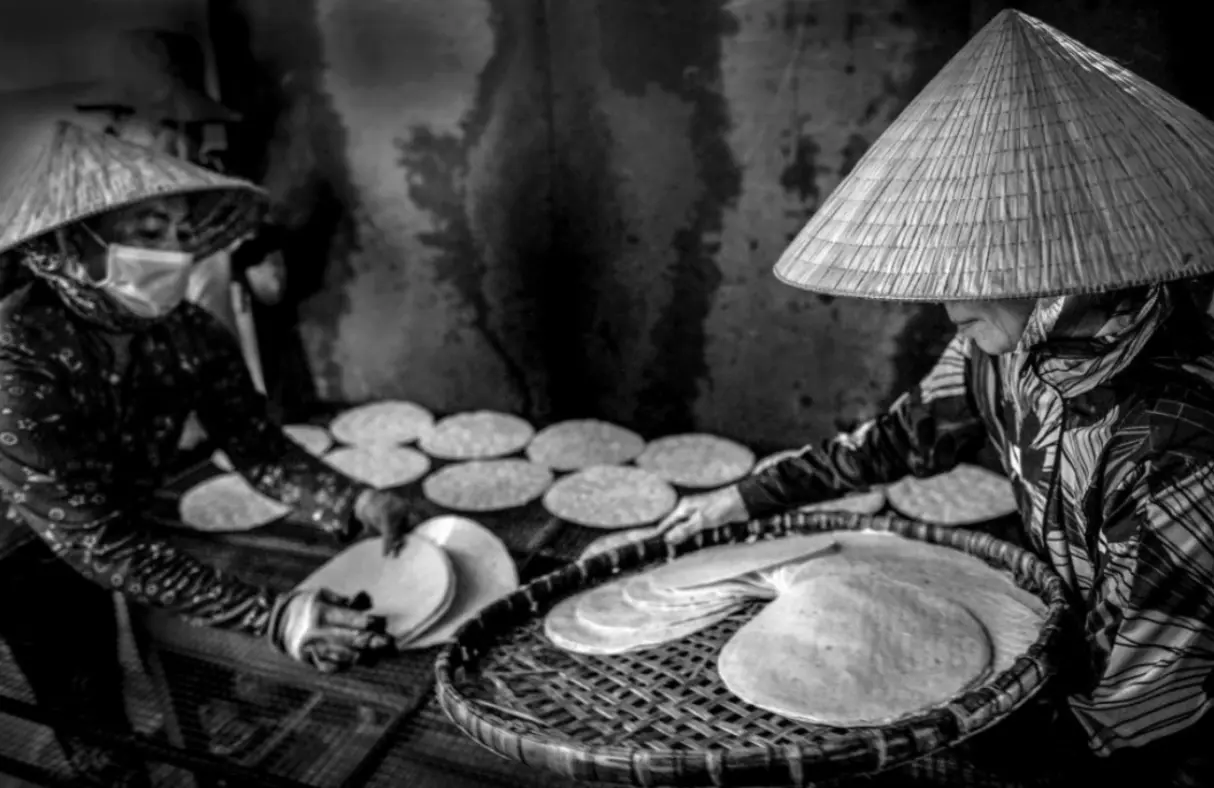
Photo: Nguyen Thi Thanh Son
5. Me Tri nuggets (Hanoi)
The profession of making nuggets in Me Tri village (Me Tri ward, Nam Tu Liem district, Hanoi) has a history of more than a century. In the village, there are 2 villages (Thuong village and Ha village) with nearly 100 households in the profession of making nuggets.
Unlike other places, Me Tri nuggets are completely rustic nuggets, not colored, delicious, flexible, and fleshy. The nuggets that come to the buyer are meticulously wrapped with lotus leaves, then tied with green straw stalks that look very beautiful.
In 2019, Me Tri Nugget making was recognized as a National Intangible Cultural Heritage, which brought great honor and pride to the people here.
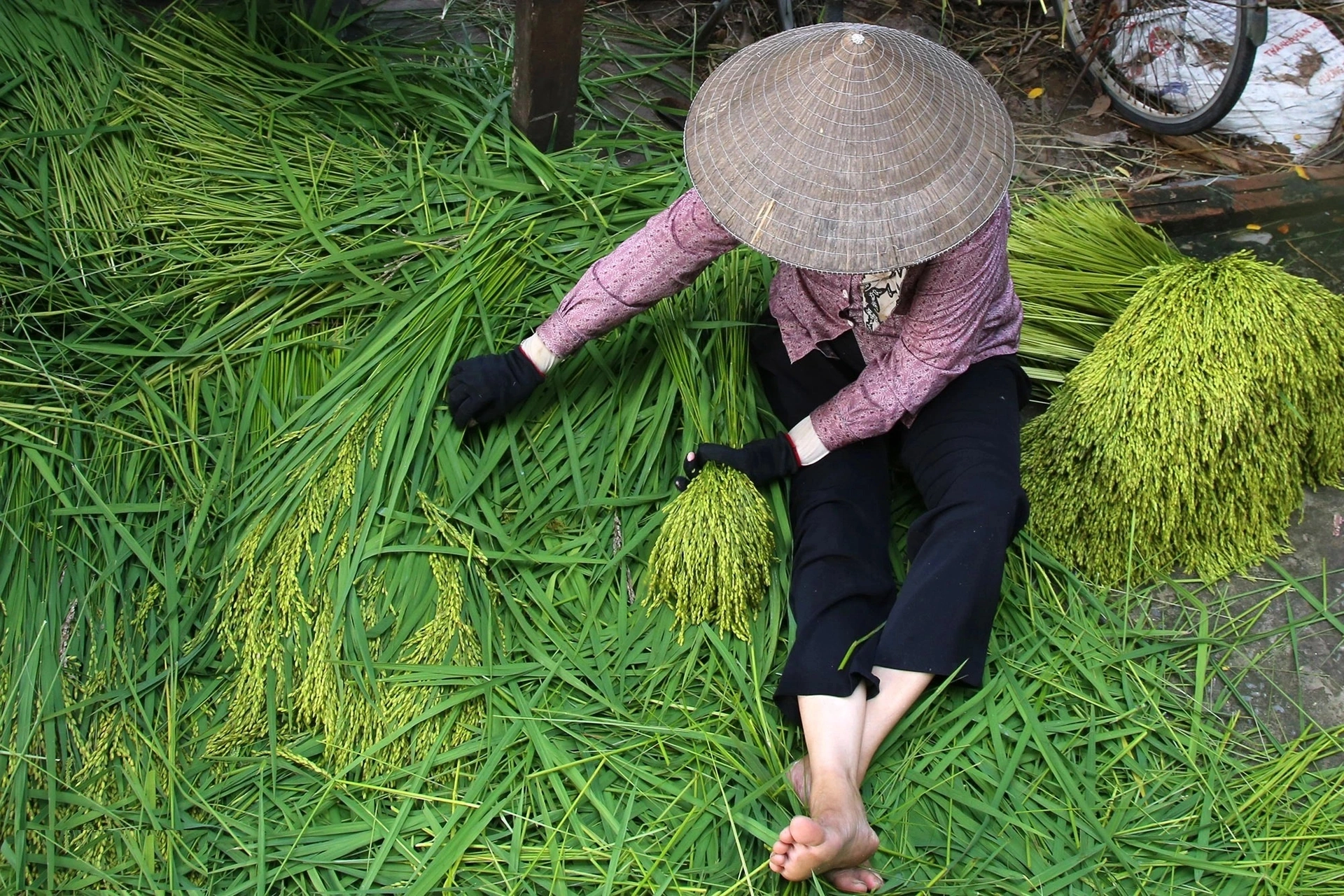
Photo: Dan Tri
6. Nam O fish sauce making profession (Da Nang)
Nam O fish sauce traditional craft village, Hoa Hiep Nam ward, Lien Chieu district (Da Nang city) dates back to around the 18th century.
This craft village has been recognized by the Ministry of Culture, Sports and Tourism as a National Intangible Heritage since 2019.
Nam O fish sauce is famous for the salty taste of the Central Sea with the secret of making a separate "3 fish 1 salt" fish sauce.

Photo: viettimes
7. Can wine processing technique of the S'Tieng people (Binh Phuoc)
The technique of processing can wine of the S'Thieng Binh Phuoc people belongs to the type of folk knowledge, a traditional profession that has been formed for many generations, accumulated over time.
Folk knowledge and traditional crafts are expressed through the identification and appropriate exploitation of natural materials such as leaves and bark of forest trees.
The unique mixing of leaf yeast with ingredients such as rice and rice, creating wine products needs to bring differences in taste, richness, and quality.
With typical value, on December 20, 2019, the Ministry of Culture, Sports and Tourism issued Decision No. 4597 on the recognition of the National Intangible Cultural Heritage "Can wine processing techniques of the S'Thieng people of Binh Phuoc province."
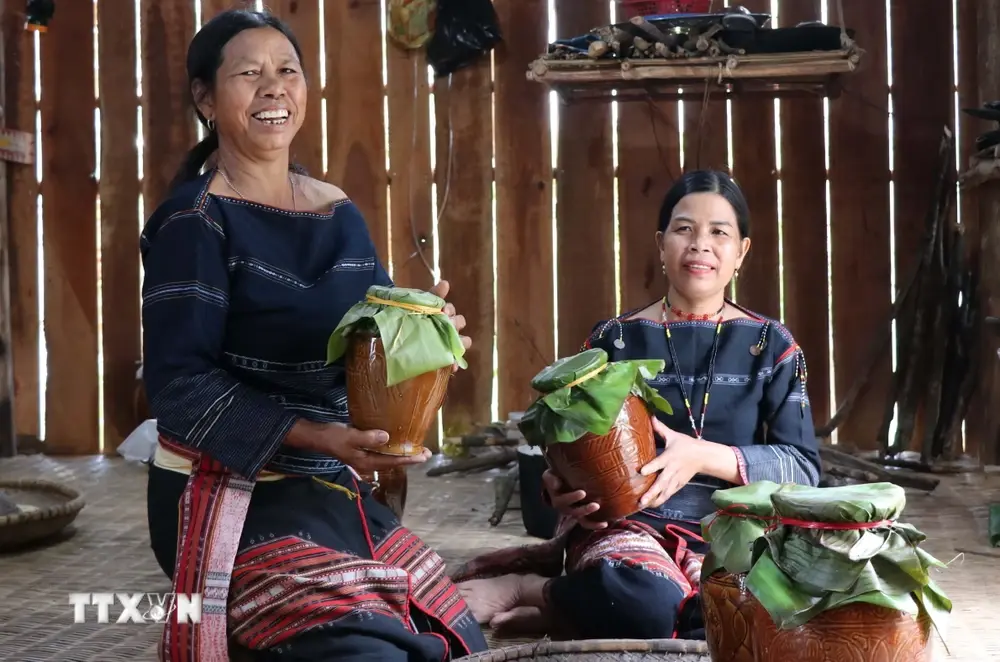
Photo: VNA
8. Three-knot salt profession (Ca Mau)
The three-knot salt profession of the people of Ngoc Hien district was formed a long time ago, with abundant three-knotted reserves due to the favor of nature for the people of the sea.
Because of the abundant proliferation and development of the three fresh knotches, people in Ngoc Hien district have created the three-knot salt profession to preserve for a long time and create more income for the family. The three-knot salt profession was born from there.
The traditional profession of Ba Knur salt was recognized as a national Intangible Cultural Heritage at the end of 2019.
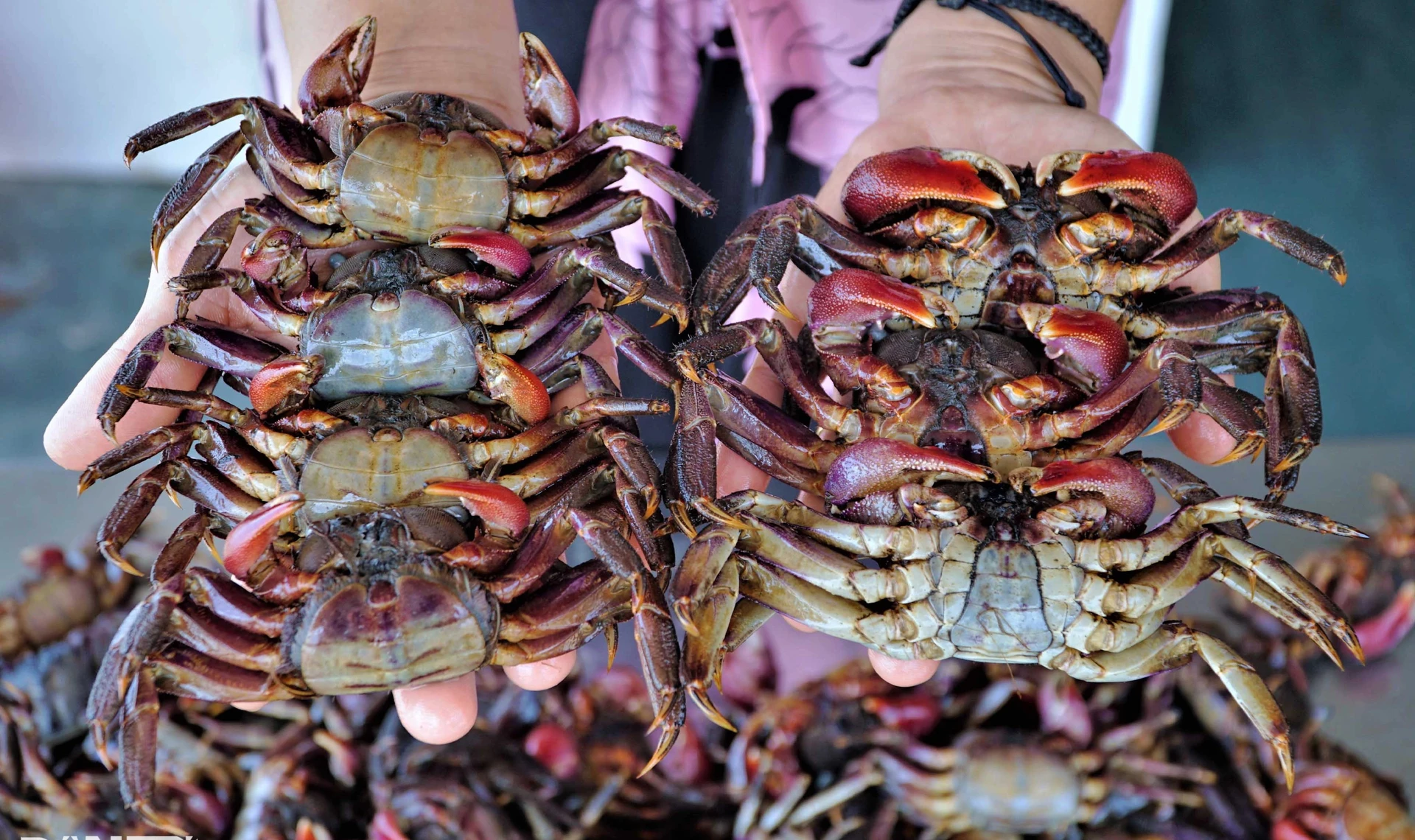
Photo: Bao Ky/Dan Tri
To be continued...
Source: Vietnamplus
